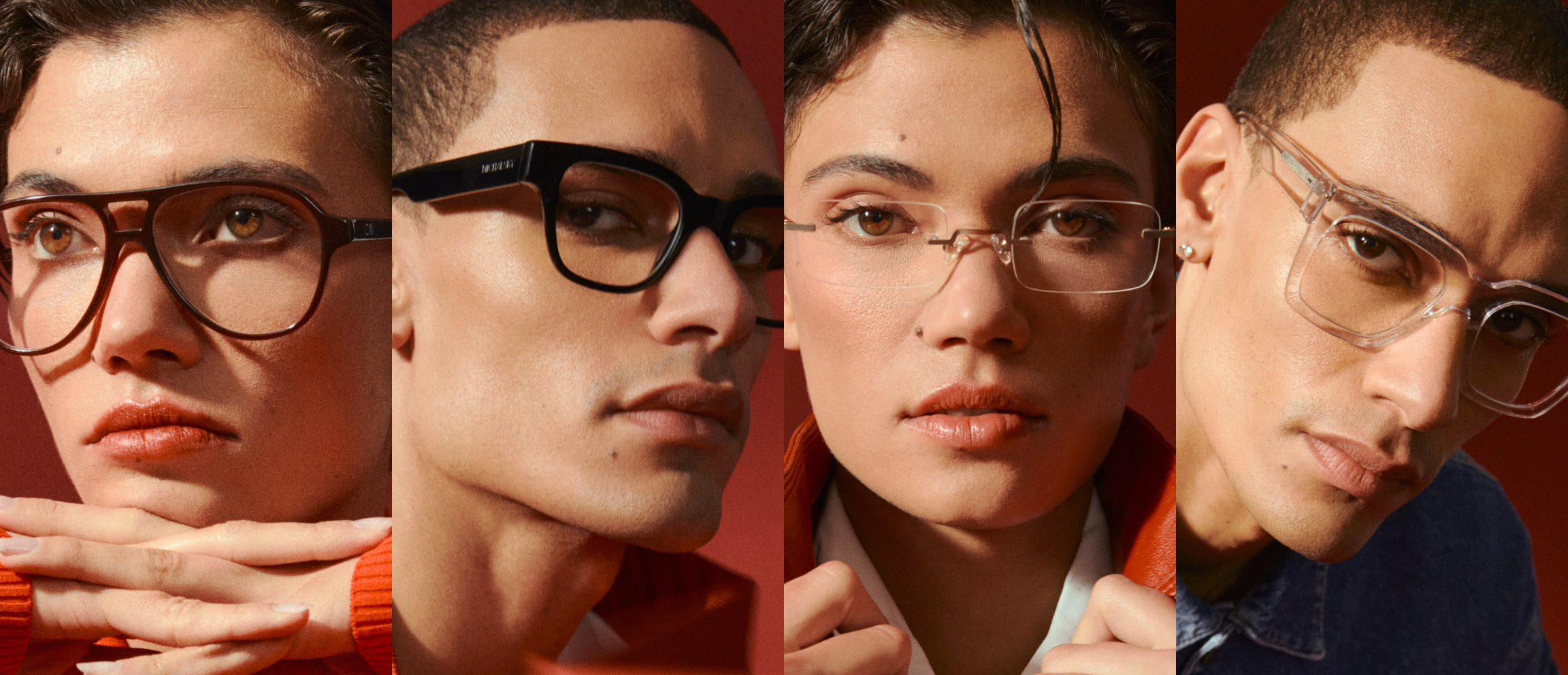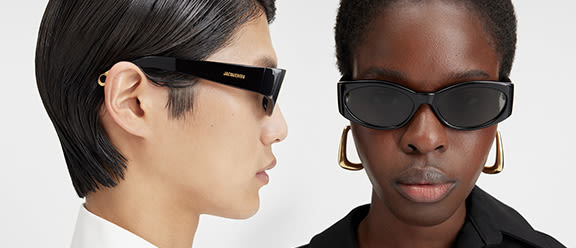The icing on the cake: lens finishes
How is a spectacle lens actually formed? What is it made of? And how are the finishes applied? It’s worth taking a closer look.
Your spectacle lens basically consists of different layers, all of which, apart from the basic lens, represent finishes. Some layers are recommended for all glasses wearers and glasses, the rest depend on your needs and wishes. Take a look.
The basic lens
This is, so to speak, the raw material. The basic lens is either:
concave: thinner in the centre than at the edges to correct short-sightedness
convex: thicker in the centre than at the edges to correct far-sightedness
Finishing layers are then added to this basic lens.
UV-filter
The positive effects of the sun are undisputed, but so are the negative effects of UV-rays. They can cause early ageing of the eye lens and damage the retina. Especially in summer, ultraviolet rays should be blocked. Therefore a UV-filter is particularly important in tinted sunglasses. There are various categories of UV-protection:
Category 0 = 88% transmission, insufficient UV-protection
Class 1 = 20% transmission, acceptable for UK latitudes
Class 2 = 6.5% transmission, good UV-protection
Class 3 = 0% transmission, maximum UV-protection of 100% (high mountains and sea)
Because of the harmful effect of UV-rays there are also lenses for prescription glasses that offer UV-protection. They do not need to be tinted, though of course upon request a tint can be incorporated.
Polarised lenses
Polarised lenses absorb almost all reflected light, offering excellent protection against glare in all light conditions. The finish involves a special polarisation filter being incorporated into the spectacle lens.
Photochromic lenses
These are also known as self-tinting lenses, as they automatically become darker or lighter in reaction to light conditions. This is not merely a pleasant effect: photochromic lenses are also designed to provide UV-protection. You can read more about this in a special article in this guide.
Hard-coated finish
Glasses and lenses need a tough surface to withstand the daily challenges they face: while engaged in sports, or in the case of children’s glasses, or just a moment of carelessness amidst a hectic routine. For this reason a hard coating can be applied to plastic lenses. The thinner the lens, the more important the hard-coated finish. Benefits: plastic lenses, which are softer than mineral lenses, are made tougher and more durable thanks to the hard coating.
Super anti-reflection
Anti-reflective lenses have also become the norm, with gradations ranging from simple up to super anti-reflection. Nowadays, however, only super anti-reflection with a reflection reduction of 98% is used. It’s all about preventing bothersome light reflections from causing trouble. The finish follows the “multilayer-interference-system”. To achieve this, various layers are applied to the lens and superimposed on one another using steam. This prevents certain lightwaves getting through that can cause reflection. The more layers steamed onto the glass, the stronger the anti-reflective effect.
Benefits: anti-reflective lenses allow for clear vision free of bothersome reflections. People in your company also gets the benefit, as they will see your eyes rather than their own reflection in the spectacle lenses. Anti-reflective lenses will also make your life more comfortable while driving or working at a computer.
Dirt-repellent coating
The dirt-repellent coating, or so-called clean coat, is a finish with a practical purpose. The high-tech coating is applied using nanotechnology and makes the lens totally smooth, so that dirt and dust have no chance to settle. The lotus effect also has a dirt-repellent aspect. Thanks to its anti-static effect, water and grease just run off.






